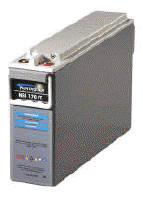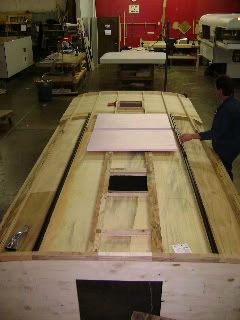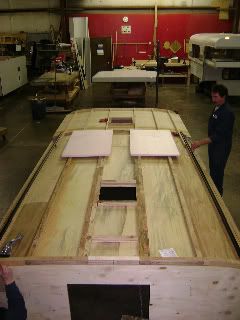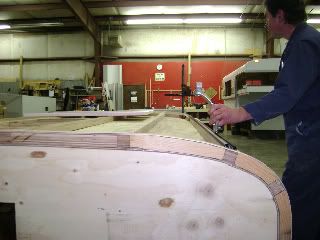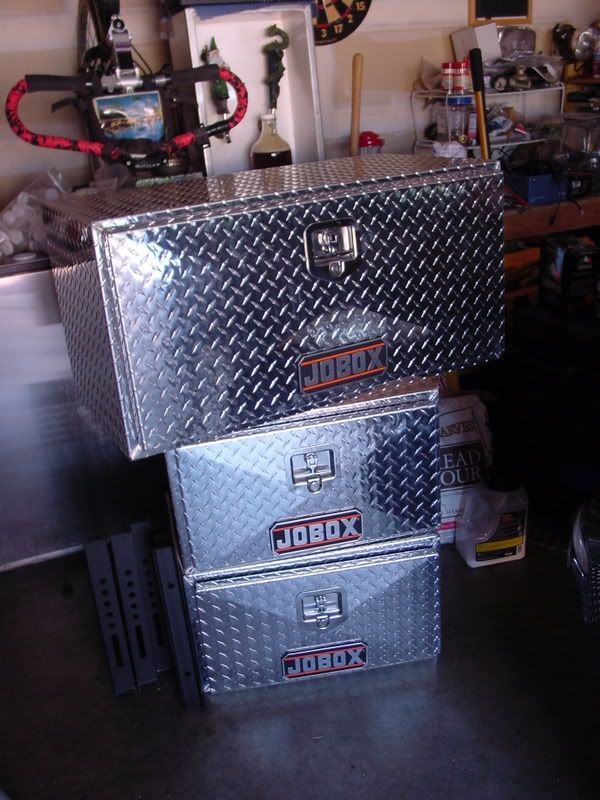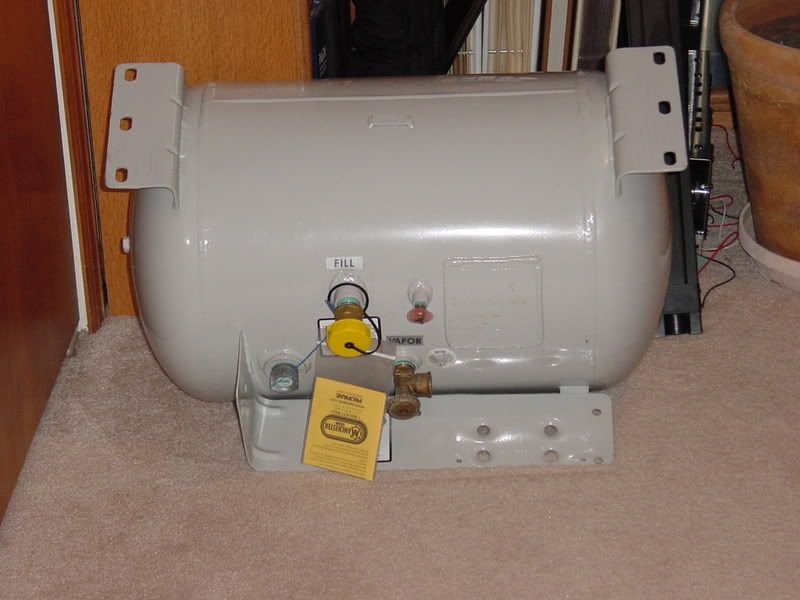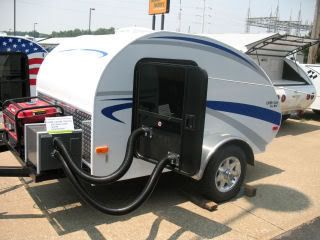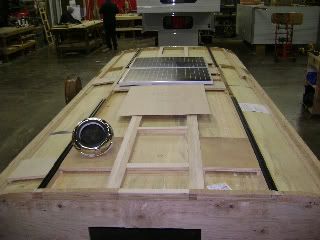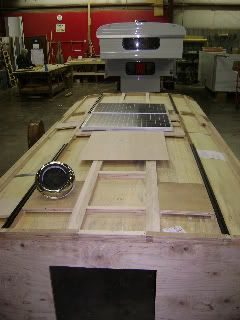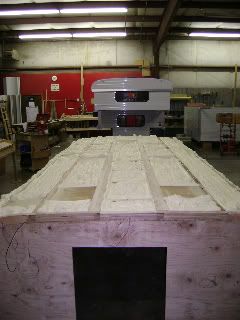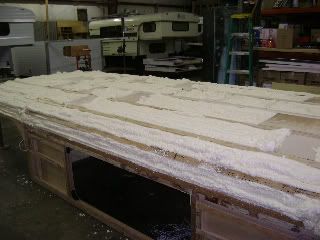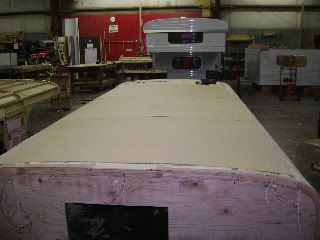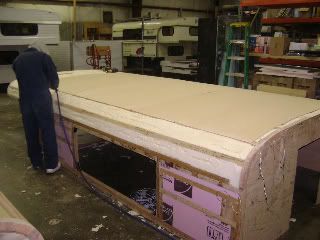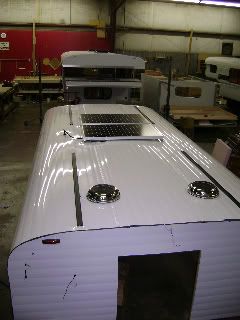roof rack system
Great to see your camper taking shape. Looks like you are going to have tons of interior cabinet space. My cabinets are very narrow due to the utility box but it is nice to have the outside access to the storage areas. Looks like you will have the best of both worlds. Is the factory reinforcing the roof structure to accommodate the tracks for the rack system? Did they give you any idea of the additional load that the hydraulics could bear? I usually just tow my Jeep LJ and strap every thing to it's roof rack but I am going to need a rack on the Alaskan for some of the trips that are coming up.
Great to see your camper taking shape. Looks like you are going to have tons of interior cabinet space. My cabinets are very narrow due to the utility box but it is nice to have the outside access to the storage areas. Looks like you will have the best of both worlds. Is the factory reinforcing the roof structure to accommodate the tracks for the rack system? Did they give you any idea of the additional load that the hydraulics could bear? I usually just tow my Jeep LJ and strap every thing to it's roof rack but I am going to need a rack on the Alaskan for some of the trips that are coming up.

